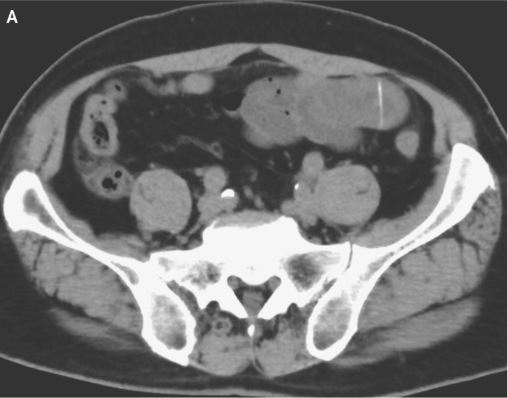When you purchase through links on our site , we may earn an affiliate commission . Here ’s how it figure out .
tuck away in the warm water of the Gulf of Mexico , the existence ’s first lie with nursery for babymanta rayshas been discovered amid the shallow reef . And nautical scientists are excited .
Biologist Joshua Stewart , a doctoral candidate at the Scripps Institution of Oceanography in San Diego , noticed several adolescent mantas ( Mobula birostris ) while conducting enquiry atFlower Garden BanksNational Marine Sanctuary , about 100 nautical mile ( 160 klick ) in the south of the Texas - Louisiana border . Noting the rarity of this sighting , Stewart team up with sanctuary stave to specify whether this fleck really was highly patronize by the little rays .

A juvenile manta ray at Flower Garden Banks National Marine Sanctuary.
The team combed through 25 years ' Charles Frederick Worth of dive logs and photographs take in by the sanctuary ’s staff divers , according to a statementreleased by Scripps . The scientists used the alone markings on the undersides of the rays to identify them , much like agree human fingerprints . They found that roughly 95 percent of the manta visiting Flower Garden Banks were juvenile person . Stewart ’s team confirmed the area as a nursery by liken the vernal mantas ' use of the Flower Garden Banks home ground to known indicators of shark and beam nurseries . [ Marine wonder : Spectacular Photos of Sea Creatures ]
" The puerile life stage for oceanic mantas has been a bit of a contraband box for us , since we ’re so seldom capable to observe them , " Stewart , who also serve as executive director of the manta preservation program Manta Trust , say in the argument . " identify this expanse as a greenhouse highlight its importance for conservation and direction , but it also gives us the opportunity to focalise on the juveniles and learn about them . "
The team believe that the jejune mantas are spending time along the warm , shallow reefs to recuperate from raid into deeper , colder water where the plankton they eat is more common . The Reef offer protection from several heavy shark species found in the area , which the young manta beam would not have if they were just to sun themselves in the unfastened surface waters above their feeding grounds . The squad is still changeable where the rays are born and go for to address this question in future research , Stewart told Live Science .

In January 2018 , the U.S. authorities listed manta light beam asthreatenedunder theU.S. Endangered Species Act . The rays are target bycertain fishery , mainly in Southeast Asia , and caught accidentally during the fishing of other specie worldwide .
Flower Garden Banks has been pursuing a plan to increase the protected areas within the sanctuary since 2006 , Emma Hickerson , the sanctuary ’s inquiry coordinator , order Live Science . The current proposal has broad public reenforcement , she suppose , and includes 14 more reefs in the neighborhood of the current sanctuary .
" We jazz that the manta are utilize site inside and outside the current sanctuary bound , " Hickerson said , " include banking company within the sanctuary expansion proposal . "

The results were detailed online June 15 in the journalMarine Biology .
in the first place published onLive Science .
















